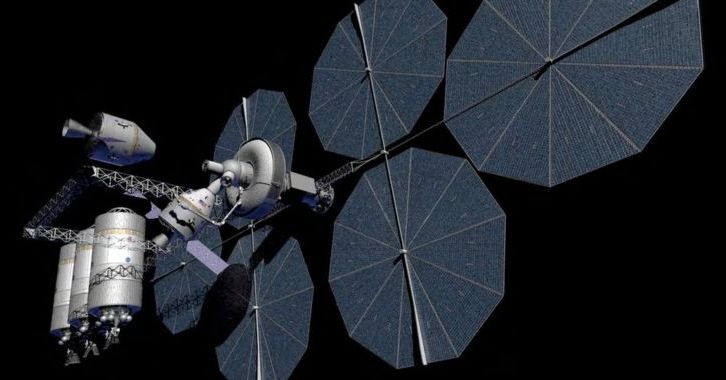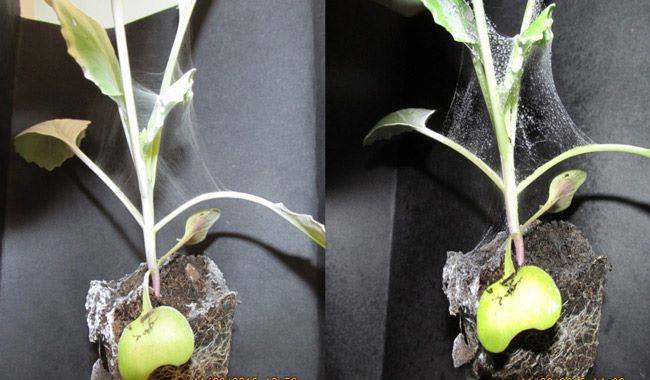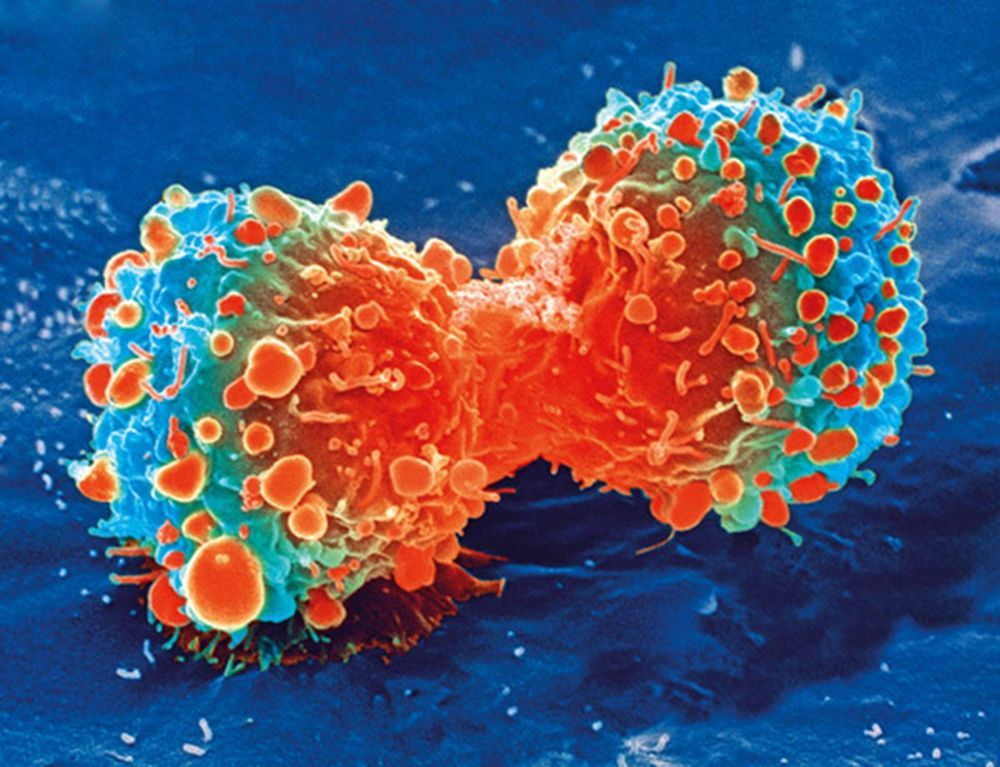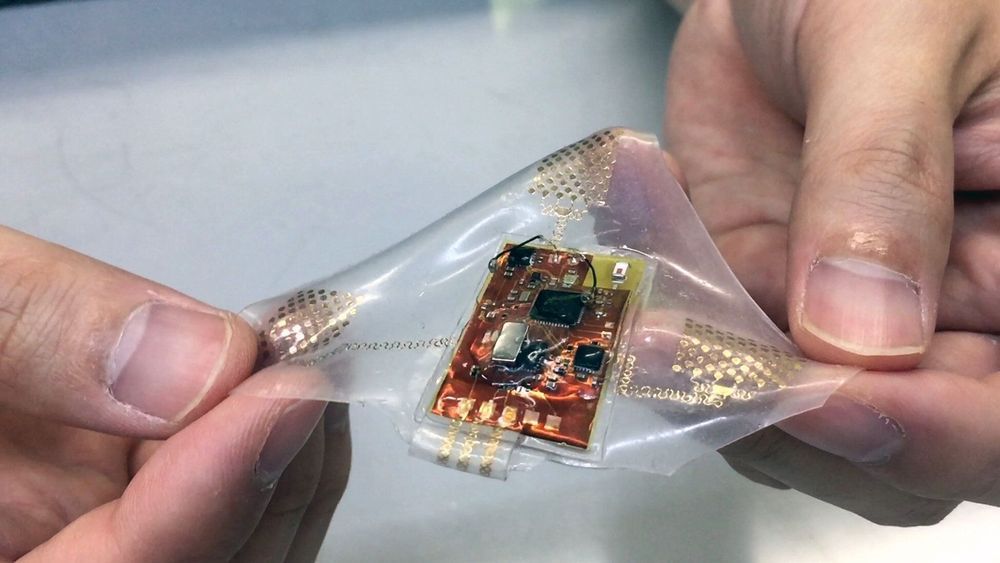Page 8475
Jul 31, 2019
NASA agrees to work with SpaceX on orbital refueling technology
Posted by Klaus Baldauf in categories: engineering, food, robotics/AI, space travel, sustainability
On Tuesday afternoon, NASA announced 19 new partnerships with 10 US companies to help bring more cutting-edge technologies closer to production use in spaceflight. There were a lot of useful engineering ideas here, such as precision landing systems and robotic plant farms, but perhaps the most intriguing one involved the rocket company SpaceX and two of NASA’s field centers—the Glenn Research Center in Ohio and the Marshall Space Flight Center in Alabama.
“SpaceX will work with Glenn and Marshall to advance technology needed to transfer propellant in orbit, an important step in the development of the company’s Starship space vehicle,” the NASA news release states. This is a significant announcement for reasons both technical and political.
Jul 31, 2019
Pete Ramon added a new photo
Posted by Richard Christophr Saragoza in category: futurism
Nope, no spiders here. Electrospun nanofibers.
What would these engineered nanofibers look like draped over plants? Hmmm…
Jul 31, 2019
New ‘don’t eat me’ signal may provide basis for cancer therapies
Posted by Paul Battista in categories: biotech/medical, food
Researchers at the Stanford University School of Medicine have discovered a new signal that cancers seem to use to evade detection and destruction by the immune system.
The scientists have shown that blocking this signal in mice implanted with human cancers allows immune cells to attack the cancers. Blocking other “don’t eat me” signals has become the basis for other possible anti–cancer therapies.
Normally, immune cells called macrophages will detect cancer cells, then engulf and devour them. In recent years, researchers have discovered that proteins on the cell surface can tell macrophages not to eat and destroy them. This can be useful to help normal cells keep the immune system from attacking them, but cancer cells use these “don’t eat me” signals to hide from the immune system.
Jul 31, 2019
Glowing cholesterol helps scientists fight heart disease
Posted by Paul Battista in category: biotech/medical
A newly developed technique that shows artery clogging fat-and-protein complexes in live fish gave investigators from Carnegie, Johns Hopkins University, and the Mayo Clinic a glimpse of how to study heart disease in action. Their research, which is currently being used to find new drugs to fight cardiovascular disease, is now published in Nature Communications.
Fat molecules, also called lipids, such as cholesterol and triglycerides are shuttled around the circulatory system by a protein called Apolipoprotein-B, or ApoB for short. These complexes of lipid and protein are called lipoproteins but may be more commonly known as “bad cholesterol.”
Sometimes this fat-and-cholesterol ferrying apparatus stops in its tracks and embeds itself in the sides of blood vessels, forming a dangerous buildup. Called plaque, these deposits stiffen the wall of an artery and makes it more difficult for the heart to pump blood, which can eventually lead to a heart attack.
Jul 31, 2019
Soft wearable health monitor uses stretchable electronics
Posted by Paul Battista in categories: biotech/medical, computing, engineering, health, mobile phones, wearables
A wireless, wearable monitor built with stretchable electronics could allow comfortable, long-term health monitoring of adults, babies and small children without concern for skin injury or allergic reactions caused by conventional adhesive sensors with conductive gels.
The soft and conformable monitor can broadcast electrocardiogram (ECG), heart rate, respiratory rate and motion activity data as much as 15 meters to a portable recording device such as a smartphone or tablet computer. The electronics are mounted on a stretchable substrate and connected to gold, skin-like electrodes through printed connectors that can stretch with the medical film in which they are embedded.
“This health monitor has a key advantage for young children who are always moving, since the soft conformal device can accommodate that activity with a gentle integration onto the skin,” said Woon-Hong Yeo, an assistant professor in the George Woodruff School of Mechanical Engineering and Wallace H. Coulter Department of Biomedical Engineering at the Georgia Institute of Technology. “This is designed to meet the electronic health monitoring needs of people whose sensitive skin may be harmed by conventional monitors.”
Jul 31, 2019
First pictures of enzyme that drives new class of antibiotics
Posted by Paul Battista in category: biotech/medical
Understanding how antibiotic scaffolds are constructed in nature can help scientists prospect for new classes of antibiotics through DNA sequencing and genome mining. Researchers have used this knowledge to help solve the X-ray crystal structure of the enzyme that makes obafluorin—a broad spectrum antibiotic agent made by a fluorescent strain of soil bacteria. The new work from Washington University in St. Louis and the University at Buffalo is published July 31 in the journal Nature Communications.
A multi-part enzyme called a nonribosomal peptide synthetase produces the highly reactive beta-lactone ring that is responsible for obafluorin’s antimicrobial activity.
“Obafluorin has a novel structure compared to all FDA-approved antibiotics,” said Timothy Wencewicz, assistant professor of chemistry in Arts & Sciences. “In the long term, we really need new structural classes of antibiotics that have never been contaminated by clinical resistance from established antibiotic classes.”
Jul 31, 2019
Newly Identified Cell May Be Able to Regenerate Liver Tissue
Posted by Paul Battista in categories: biotech/medical, health
According to Public Health England, l iver disease is a devastating all too common condition. It is the fifth biggest killer in the UK and the third most common cause of premature death and it is on the rise.
Regenerating liver tissue
Now, researchers at King’s College London may have found a solution to this disease. The scientists have used single cell RNA sequencing to identify a type of cell that may be able to effectively regenerate liver tissue.
Jul 31, 2019
Keith Comito at Ending Age-Related Diseases 2019
Posted by Paul Battista in categories: biotech/medical, life extension

As promised, we’re releasing videos from Ending Age-Related Diseases 2019, our highly successful two-day conference that featured talks from leading researchers and investors, bringing them together to discuss the future of aging and rejuvenation biotechnology.
To open the proceedings, our president, Keith Comito, welcomed attendees, introduced the event’s speakers and sponsors, discussed the staff, goals, and projects of LEAF, talked about the advances in rejuvenation biotechnology, and brought forward many more topics in the world of healthy longevity.
Jul 31, 2019
Google’s massive 1,210-acre facility rising in high desert at Tahoe Reno Industrial Center
Posted by Genevieve Klien in category: futurism
Construction progressing at fast clip at 1,210-acre Google site in Tahoe Reno Industrial Center just east of Reno-Sparks.

















